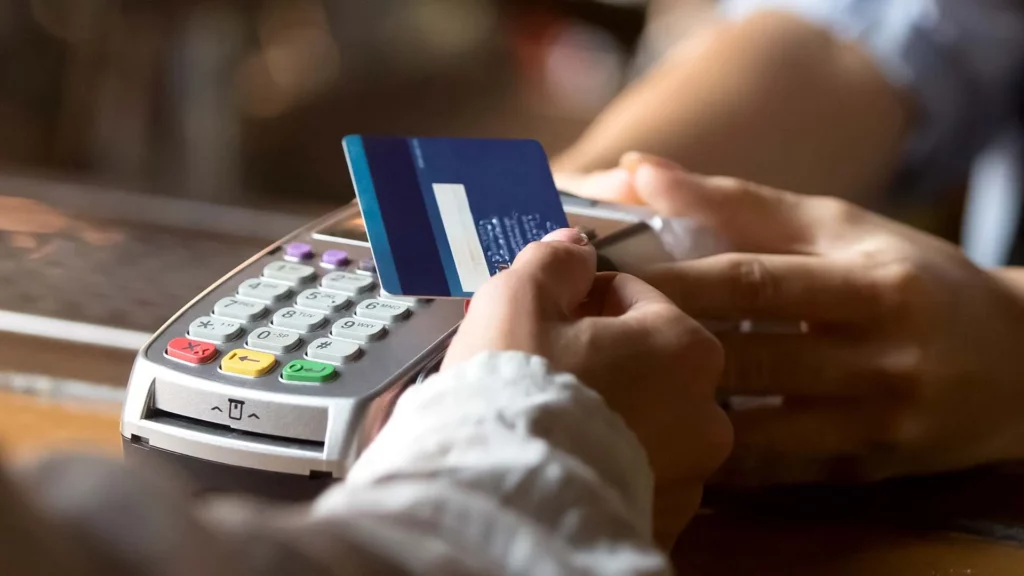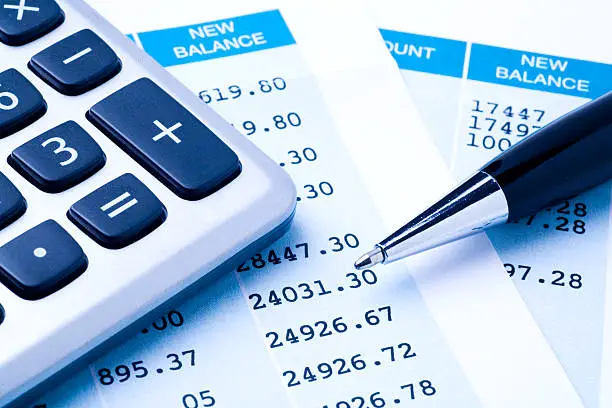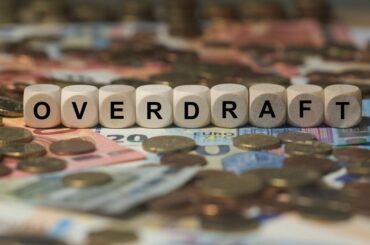Information presented on this web page is intended for informational and educational purposes only and is not meant to be taken as legal, financial, investment or tax advice. We do not accept any responsibility for any trading or investment related losses. Please review our disclaimer on before taking action based upon anything you read or see.
The phrase “counter credit” on your bank statement refers to money that was physically deposited at the bank instead of an online or electronic transfer. It’s an uncomplicated process and means you paid in cash.
Let’s go into details;
You might need to become more familiar with the concept of counter-credit. If you’re new to banking or have never used this approach, you might be unsure of what it is.
Cash deposited at a bank constitutes a counter credit. A credit on your bank statement indicates that money has been added to or credited to your account. Simply put, it indicates that your account balance has increased. This will be referred to as credit by the bank.
They are claiming credit in their own right. Since it increases your account balance, for you, it is a debit rather than a credit. Although it might be perplexing, if this appears on your bank statement, it indicates that the funds are yours and not the bank’s.
Your deposit money should immediately go into your bank account after you own it because it increases your bank account balance. What is the time frame for the counter credit to show up in your account? The money will typically be accessible right away. You can always ask the bank teller if unsure, although each bank has its policies.
You want the bank you choose to offer all the possibilities that you determine are significant. The same holds for counter credit. If your bank is only available online, you lose the option to visit a nearby branch and put cash into your account as counter credit.
What is Counter Credit?

Most people have bank accounts. It is debatable whether or not you are familiar with all the jargon used in having one. The term “counter credit” is one of those expressions that may be unclear to some unless your savings account is at the Bank of Under your Mattress, which is unlikely.
A monetary deposit made over the counter into your bank account is known as a counter credit. The time-tested practice of waiting in line at a physical bank branch, giving a teller your money and account information, and having them deposit it to your account is known as counter credit. This is your chance to shine, those who enjoy face-to-face contact with others.
How does counter-credit work in the banking system?
One of the main areas of misunderstanding for people unfamiliar with the word is whether or not you can use a counter-credit. Millions of people still deposit money via the counter credit system every day. Well, each bank holiday.
Those bankers certainly put in some long hours. Older people and others who can’t get used to modern technology frequently use counter credit as a deposit option. Younger people who are not very interested in technology also use counter credit.
Depending on your bank or financial institution and their restrictions, you may have to wait a few hours or a few days for the money to be available in your account. You would undoubtedly have to wait a while for checks. Most of the time, you can make a cash deposit as soon as you leave the counter.
Why should you care about counter credit?
A counter credit instrument enables customers to borrow money using their current assets as collateral. This may be a terrific way to obtain money when you need it and a successful debt management method.
A cost-effective method of gaining access to money is counter credit. You are not required to pay interest on the borrowed funds, and you are not required to have a good credit history or credit score.
How do you check Counter Credit on Bank Statement?

- The definition of counter credit is as straightforward as making a cash deposit at your bank.
- The phrase “counter credit” refers to funds deposited in this manner if you see it on your bank statement. It’s a simple way for some people to add money to their accounts.
Types of Credit
The primary credit categories are revolving credit, installment credit, and open credit. People can use credit to borrow money to pay for products or services. After a predetermined time, the lender anticipates receiving the payment plus additional money, referred to as interest.
Resolving credit
One sort of credit that has a capped limit and can be utilized up until you hit the set barrier is a line of credit. Although there may be a set repayment schedule, it usually only consists of the regular minimum installments. A credit card would be a good example because it has a ceiling on how much you can spend on it, the limit of a credit card, and you can use it as much as you like until you do.
Installments:
Another form of credit with a set payment schedule for a predetermined time is an installment loan. An automobile loan is an example of an installment loan; you are obligated to make regular payments of a certain amount, for instance, about $280 every month until the debt is completely repaid. Mortgages, student loans, and term loans are some further examples.
Open credit:
Open credit needs to be paid in full every time a period, such as every month, passes. Similar to a credit card limit, there is a maximum amount you can borrow, but you must repay the entire amount borrowed at the end of each period.
An illustration of this would be a cellphone bill. You can make calls, send texts, and use data each month, but you must pay for the services you use at the end of the month, including any additional usage fees. Utility bills would be another illustration, such as electricity usage in your household.
7 Things to know about Counter Credit
- A bank will grant a customer counter credit in addition to the ordinary line of credit already available. It is typically applied to meet urgent financial demands.
- A customer deposits money with a bank, which is known as a counter credit. The counter credit offsets future transactions.
- In finance, the practice of lending money to a business or individual with insufficient assets or liquid capital to cover the loan is known as counter credit. This lending is often employed to increase a company’s liquidity and guarantee its short-term financial stability.
- A counter credit instrument enables customers to borrow money using their current assets as collateral.
- A loan that is secured by the collateral of another loan is known as a counter credit.
- You can apply for a counter credit through a bank, online lender, broker, or a middleman like an auction house or a private seller, among other options.
- Counter credit solutions offer short-term loans secured by current inventory or future receivables.
Expert Opinion
You now understand what the phrase “counter credit” implies and the benefits and drawbacks of this type of money deposit. Now it’s up to you to decide if it’s your best choice. Of course, there are times when you may be forced to wait in line to make a counter-deposit. These incidents ought to be infrequent.




